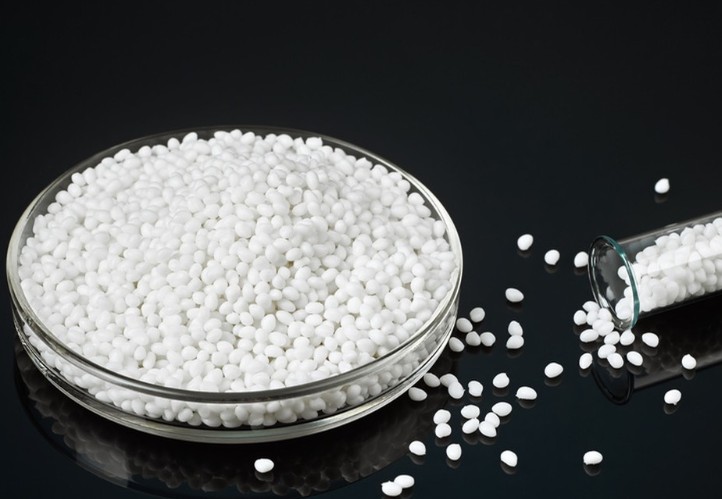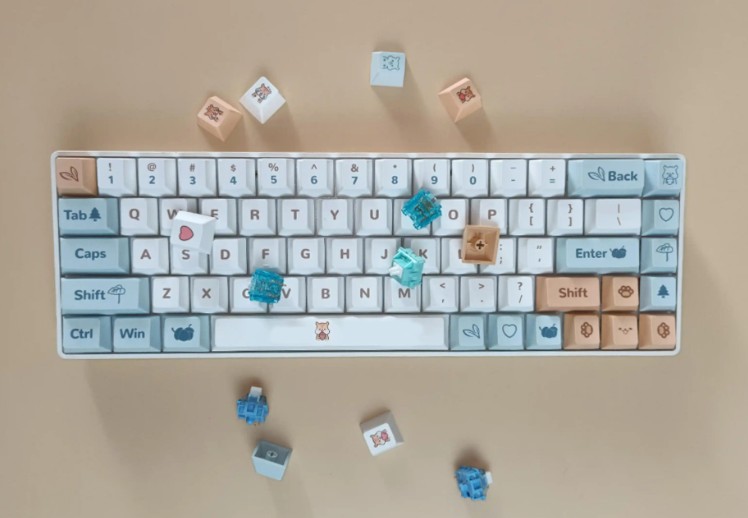In numerous scenarios of modern industry and daily life, PBT material plays a crucial role. As a thermoplastic polyester with excellent properties, it, by virtue of its unique advantages, is widely applied in many important fields such as electronics and electrical appliances, automotive manufacturing, mechanical equipment, and textile packaging, greatly promoting the development and progress of related industries. Next, let's gain an in - depth and comprehensive understanding of this amazing material.
Using dimethyl terephthalate and 1,4 - butanediol as raw materials, a transesterification polycondensation reaction is carried out under the action of an organic titanium catalyst. During the reaction, the methyl ester group of dimethyl terephthalate exchanges with the hydroxyl group of 1,4 - butanediol, gradually forming long - chain polybutylene terephthalate molecules. The reaction temperature is generally controlled at 180℃ - 230℃, and a certain degree of vacuum pressure is maintained to ensure the smooth progress of the reaction.
Direct reaction of terephthalic acid (PTA) and 1,4 - butanediol (BDO) is adopted. First, esterification occurs to generate bis - (2 - hydroxyethyl) terephthalate and its oligomers, and the water generated during the reaction needs to be removed in a timely manner. Subsequently, under high - temperature and vacuum conditions, the oligomers are further polycondensed to form high - molecular - weight PBT. In actual production, additives such as catalysts and stabilizers are often added, and the purity and ratio of raw materials are strictly controlled.

PBT has high strength and can withstand large external forces. It also has excellent fatigue resistance and can maintain its structural integrity under repeated stress. It has good dimensional stability with extremely small creep. Even in high - temperature environments, its dimensional changes are not obvious, which is crucial in the field of mechanical manufacturing where high precision of part dimensions is required.
Unmodified PBT already has good heat resistance, and after reinforcement, its UL temperature index can reach 120℃ - 140℃. Some special reinforced products can be used at 140℃ for a long time, and it has a relatively high heat - distortion temperature. Therefore, it has significant advantages in application scenarios such as high - temperature components in electronics and electrical appliances and parts around the automotive engine.

PBT is resistant to solvents and is stable in common organic solvents without stress cracking problems. It is stable in water at room temperature and is not easily hydrolyzed. However, it is not resistant to strong acids and alkalis, and its molecular structure may be damaged in such environments, affecting its performance.
PBT has excellent insulation properties, and its electrical properties are stable in humid and high - temperature environments. Its dielectric constant is approximately 3.0 - 3.2, and its arc resistance reaches 120s. It is an ideal insulating material in the field of electronics and electrical appliances, which can effectively resist arc erosion and ensure the safety of equipment.
PBT has a fast crystallization rate, rapid molding, and good fluidity, and can be processed in ordinary injection - molding or extrusion - molding equipment. Compared with other engineering plastics, it has a relatively low requirement for mold temperature. Thin - walled parts can be molded in a few seconds, and large parts can be completed within 40 - 60 seconds, greatly improving production efficiency and reducing costs.
It is mainly used for manufacturing plasticizers and coatings. Due to its low degree of polymerization and short molecular chain, it has flexibility and solubility, and can be well mixed with other components. For example, in coatings, it can improve the film - forming properties, making the paint film more uniform and smooth, and enhancing adhesion and durability.
It is used for manufacturing fibers and engineering plastics. The long molecular chain endows the material with high strength, heat resistance, and dimensional stability. In fiber manufacturing, its fibers have good tensile strength and abrasion resistance and can be used to produce high - quality clothing and home textile products; in the field of engineering plastics, it can be used to manufacture high - precision and high - strength parts.
Electronics and Electrical Appliances: Used to manufacture connectors, switch parts, housings of household appliances, etc.
Automotive Field: Exterior components such as corner grilles; interior components such as endoscope struts; electrical parts such as ignition coil bushings, etc.
Mechanical Equipment: Used to make parts with heat - resistant and flame - retardant requirements such as the tape - type drive shaft and gears of video tape recorders.
Textile and Packaging: Fiber - grade PBT is used for clothing and home textiles; film - grade PBT is used for capacitors and packaging films.



